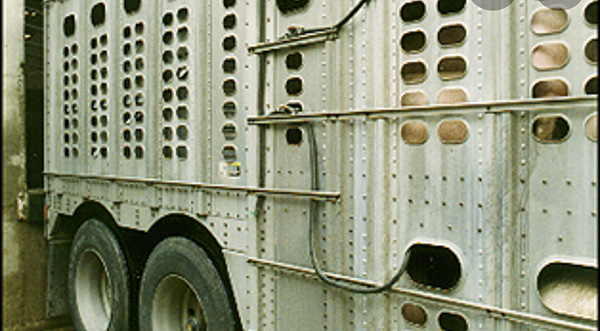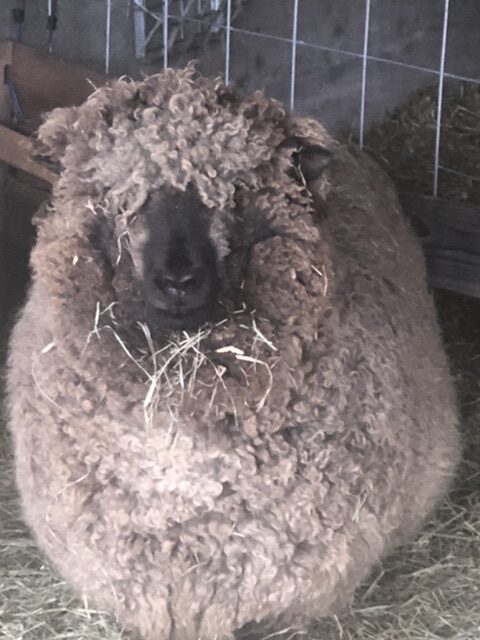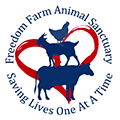Livestock transport truck
As we returned from rescuing two sheep, Harriet and Cora, we encountered a livestock transport truck, face to face. As an animal rescuer, I know what are the conditions inside such trucks and what the fate of these animals will be. But coming face to face with it brought horror that seared though my whole body.
I could see eyes peering through the holes in the truck, but I could not make out what animals were inside. I assumed they were chickens or pigs because I have seen these animals inside transport trucks before.
It was not until I started to pass the truck that I realized who was inside. Sheep. Lots and lots of sheep. Four levels high. Legs and faces squeezing out of the holes on the side of the truck. Their wool being pushed through the holes due to the overcrowding inside.
The animals in such livestock transport trucks are urinating and vomiting on each other, covering each other in their own feces. The interior of these trucks is cold metal, with no bedding, or food or water. The consequences of animal transportation include stress, thermal discomfort, dehydration, weight loss, energy depletion, and fatigue. These animals can be on these trucks for 24-48 hours. These sentient beings are scared for their lives. To think that these last few hours of their lives are filled with fear, fills my heart and soul with pain and sadness.
Knowing enough about farmed animal abuse inside this truck was one of the many reasons I decided to create my Freedom Farm Animal Sanctuary, to save as many animals as possible.
And we need your support to continue saving animals from such brutality.
If you like to learn more on how you can help these awesome beings, please visit us at https://freedomfarmanimalsanctuary.org/how-you-can-help.
Lisa Miskella
Founder / Executive Director
Freedom Farm Animal Sanctuary

What can we do to help abused animals?
As tears began streaming down my cheeks, I asked myshttps://freedomfarmanimalsanctuary.org/what-is-animal-transport-really-like/?et_fb=1&PageSpeed=off#elf what could I do? I became nauseous and numb. For a moment, I thought I would follow this truck to its destination, but then reality set in and I realized there was nothing I could do. I pulled off the highway and watched the truck continue its journey to the sheep’s horrific fate.
I thought about the sheep that I have back at my Freedom Farm Animal Sanctuary. I rescued them from the same fate as the sheep on that truck. Andy, Rocky, Opal, Cora and Harriet, have become our ambassadors for the other sheep that are victimized by factory farms or sheep that are abused by their owners.
What are sheep raised for? How do they make wool? Is wool cruelty-free?
Sheep are raised for both meat and wool. The sheep are disbudded, where the sensitive horns are seared off. Their tails are docked (cut off) to prevent the risk of flystrike, in which flies lay eggs in the feces stuck to the sheep’s rear end. The larvae can enter the sheep’s body and cause a painful death. Male sheep are castrated by placing a tight band around their testicles until they fall off. All these methods of mutilation are performed without any pain medication.
All these animals want is a safe, pain free life where they can be happy. These animals do not deserve the cruel fate that is being done to them, therefore my life’s work is to give as many farmed animals as I can, a life of a loving sanctuary. But we are only one sanctuary.
Meet one of our rescues, Harriet

When we rescued Harriet

Harriet after we sheered her
